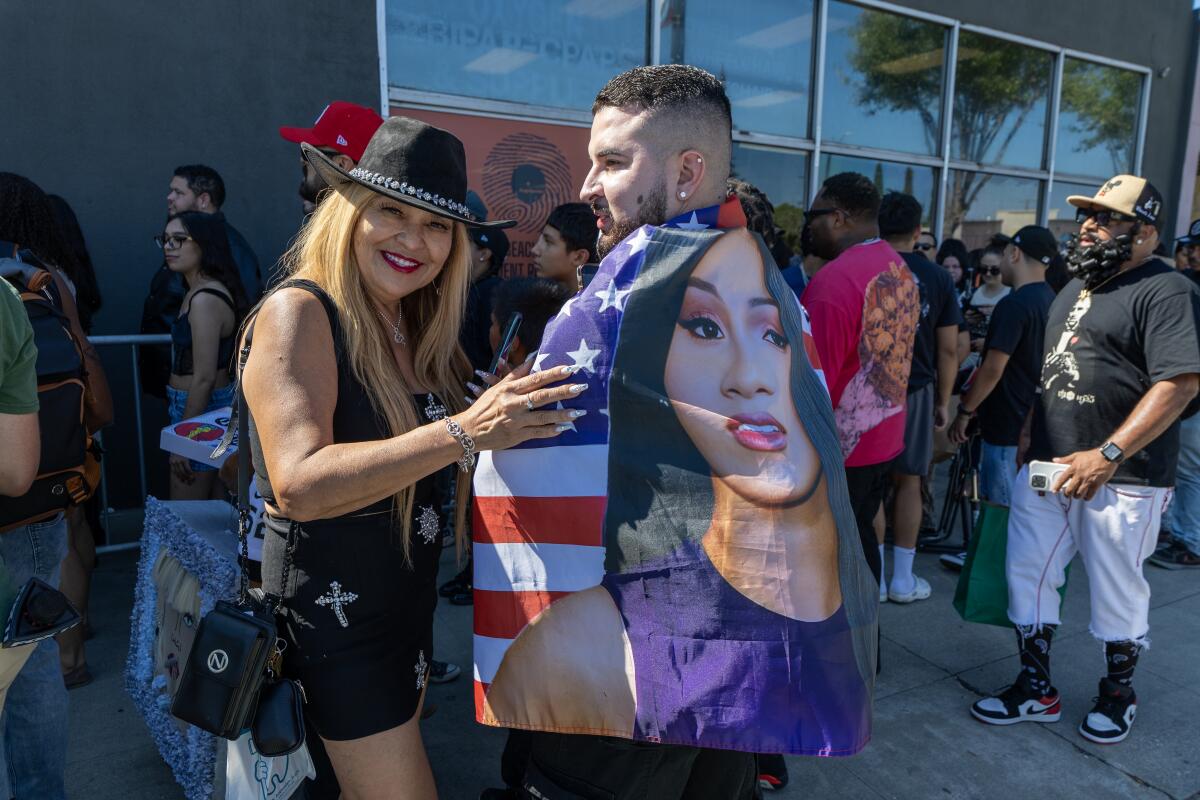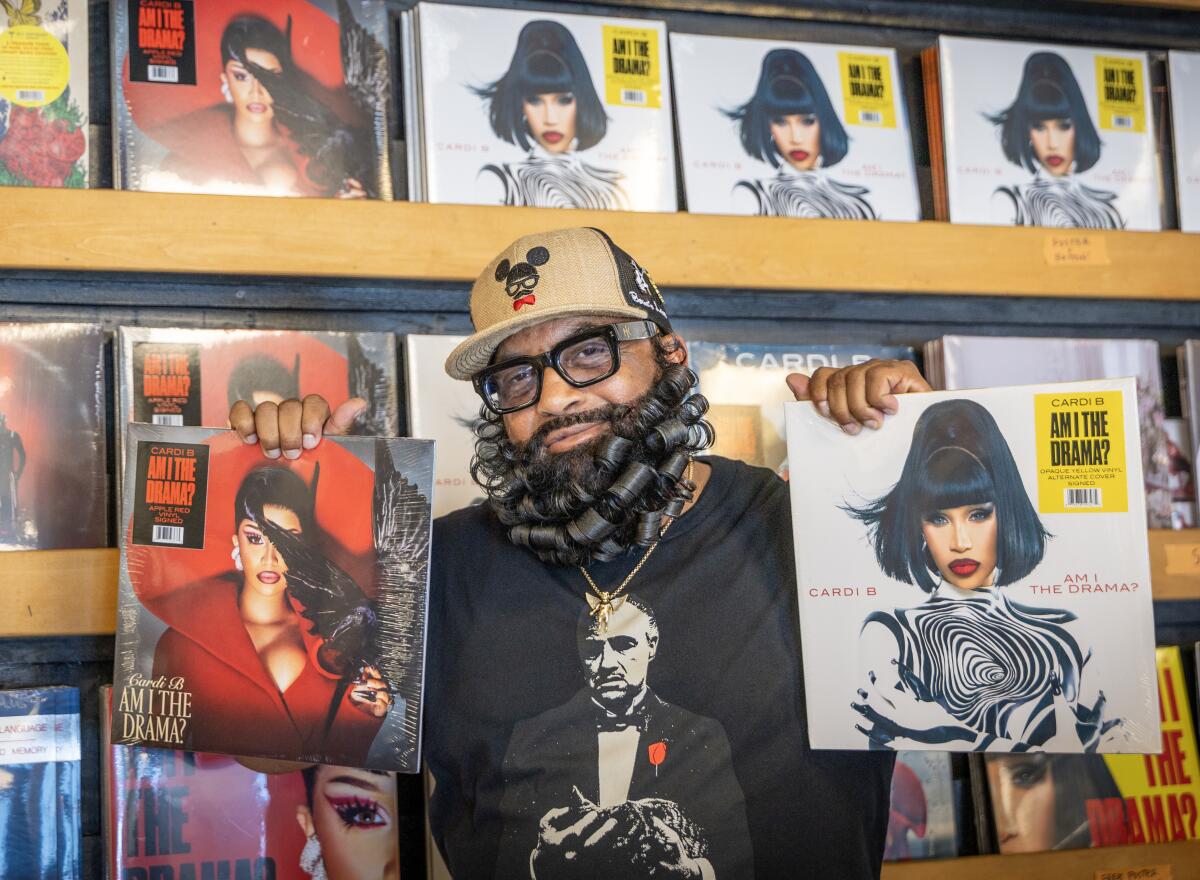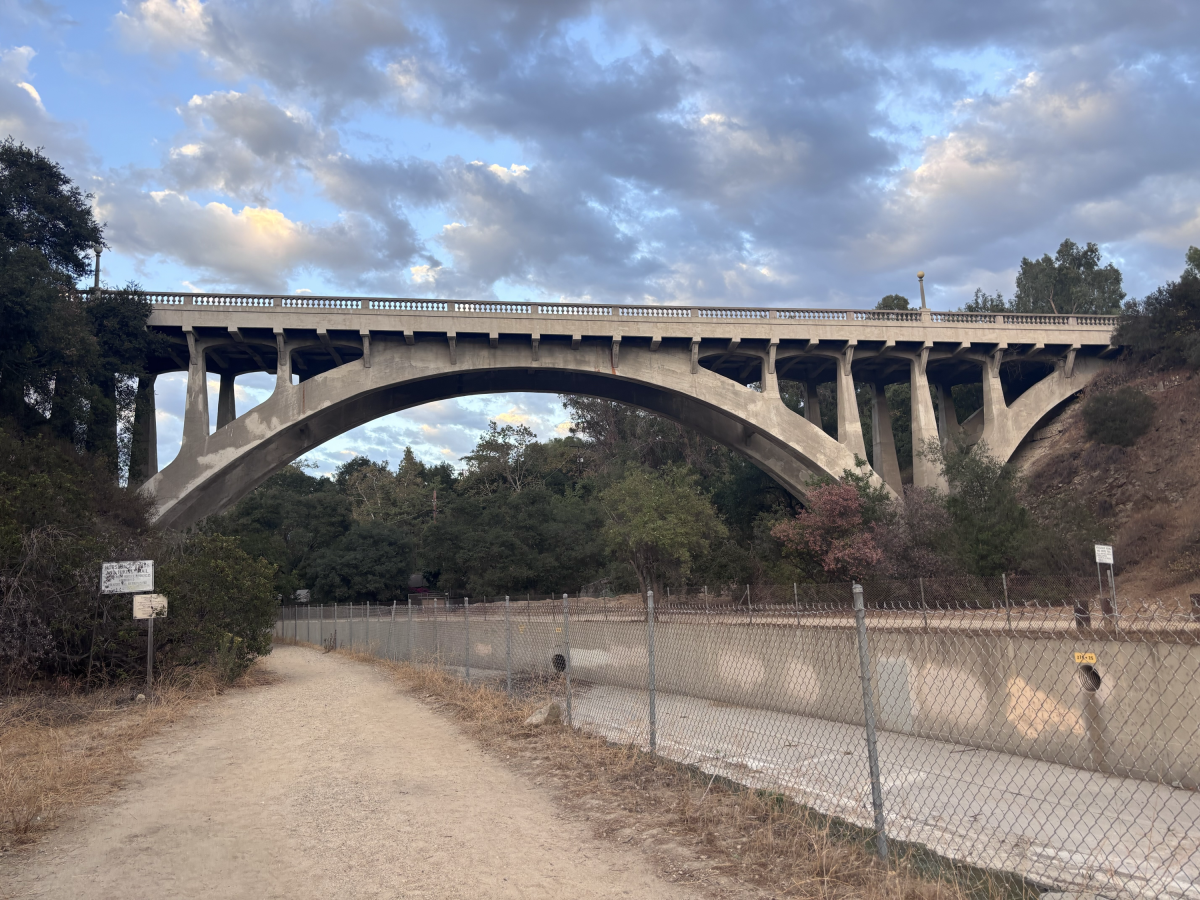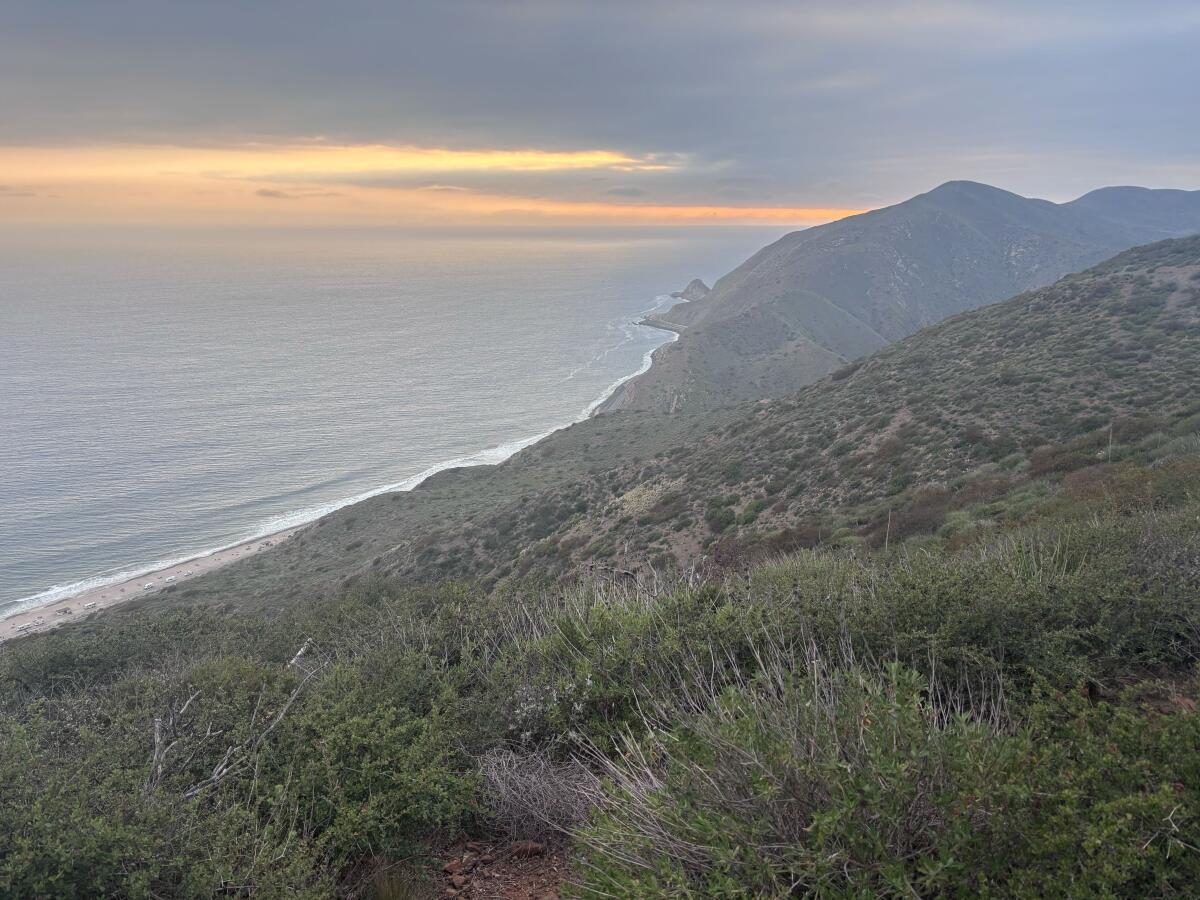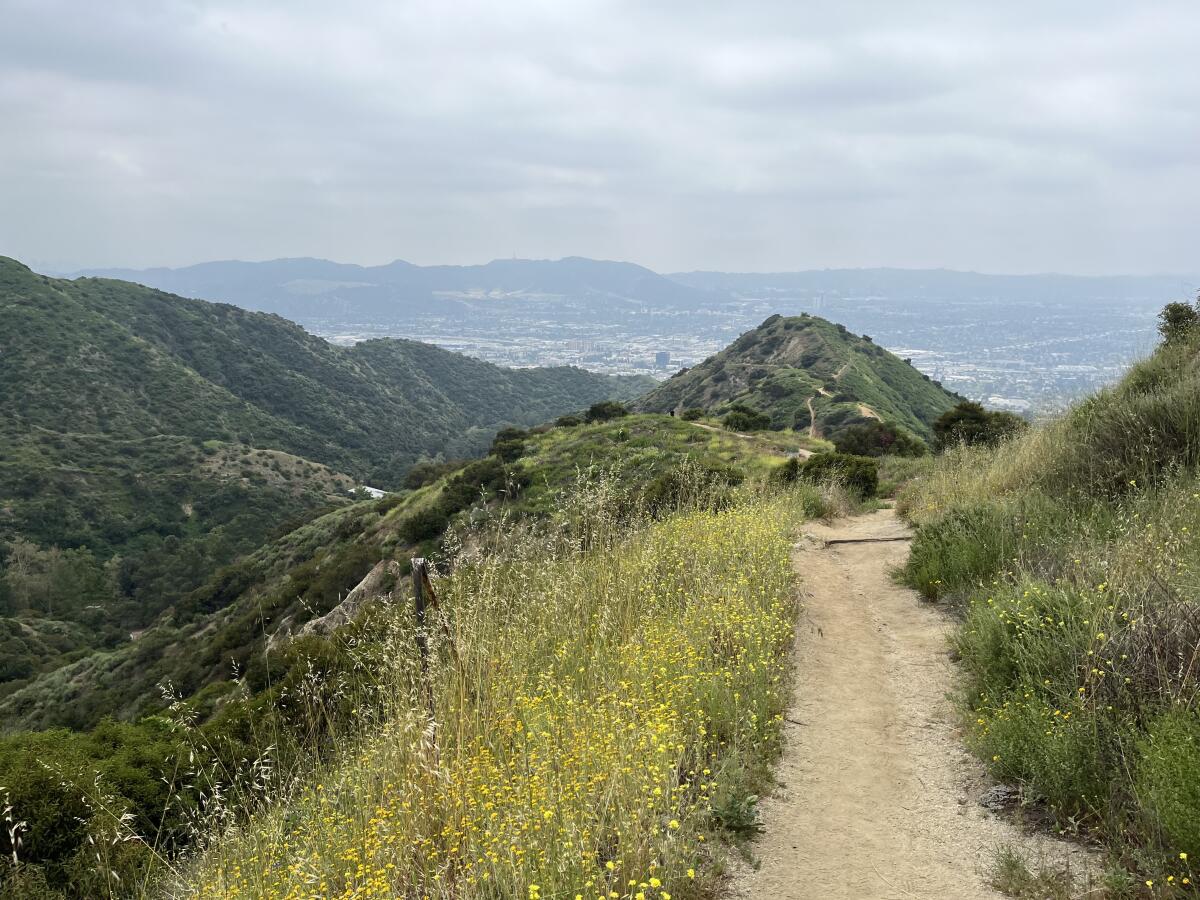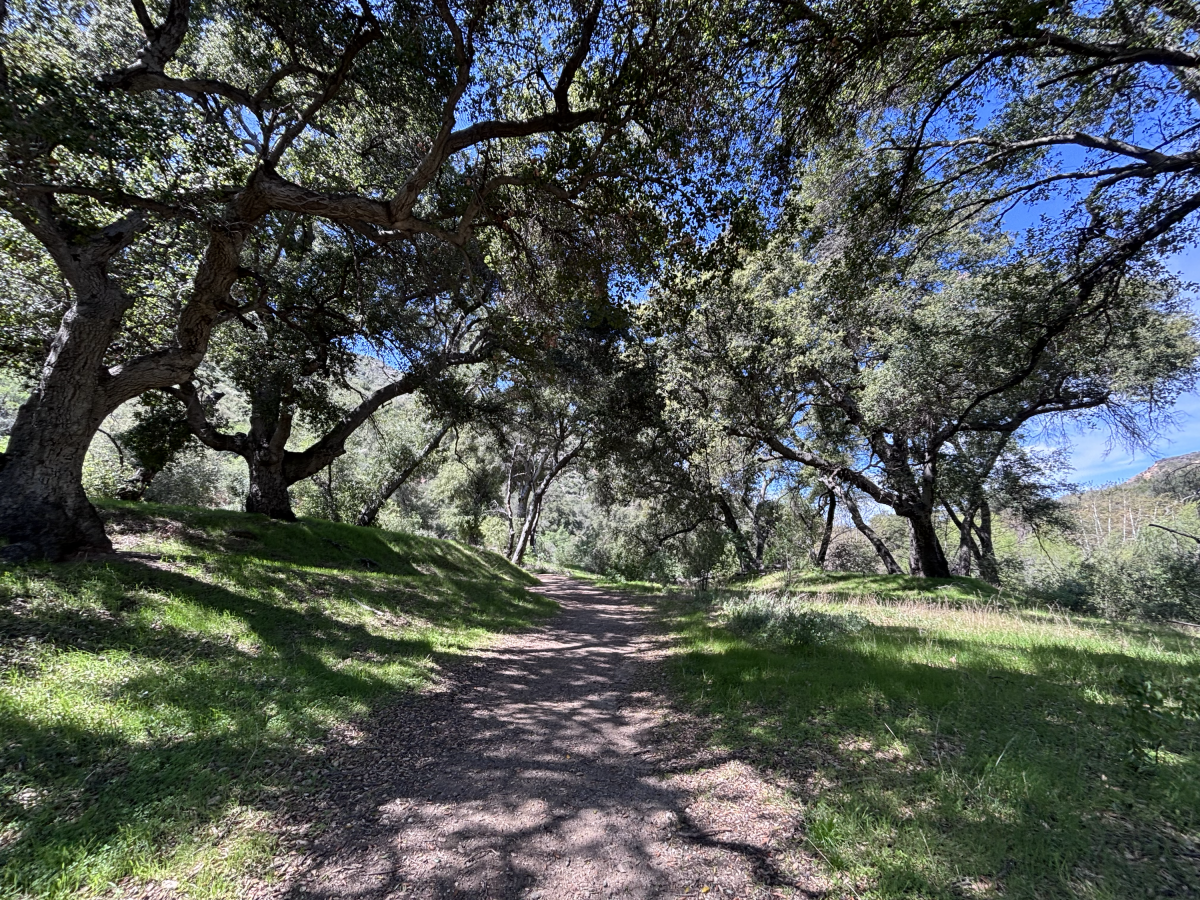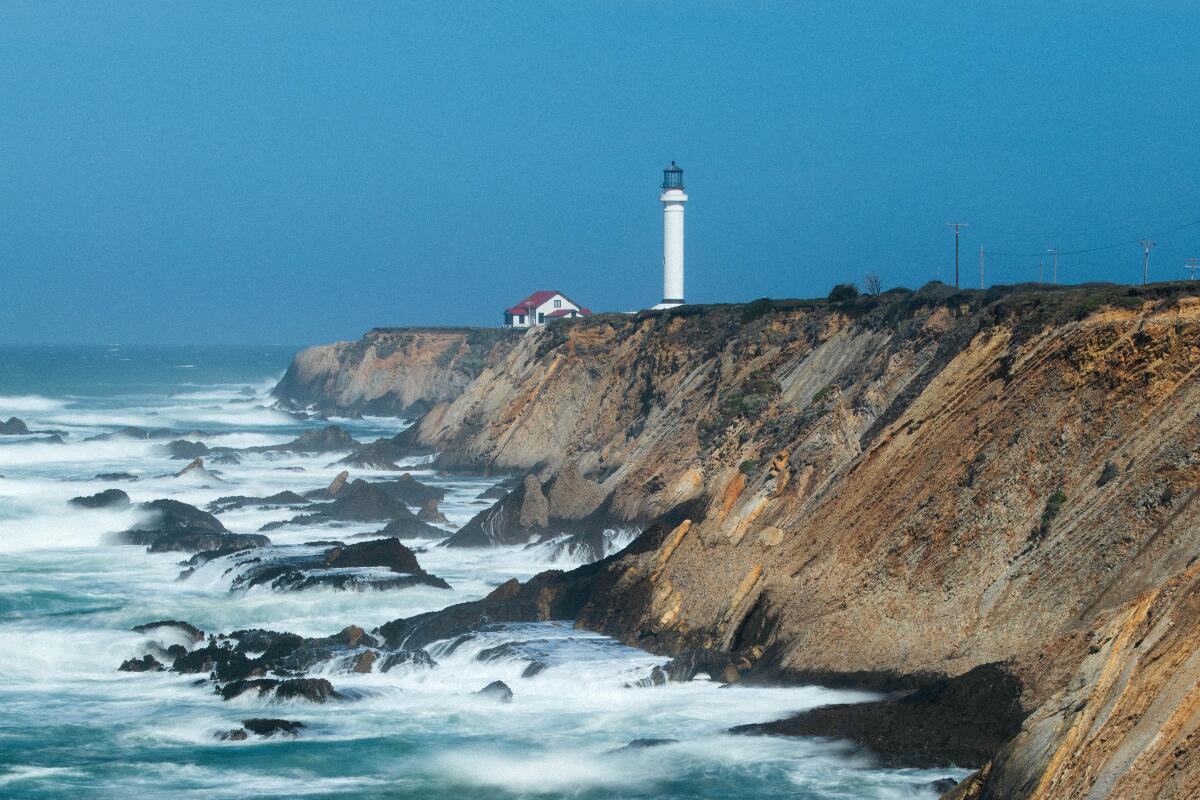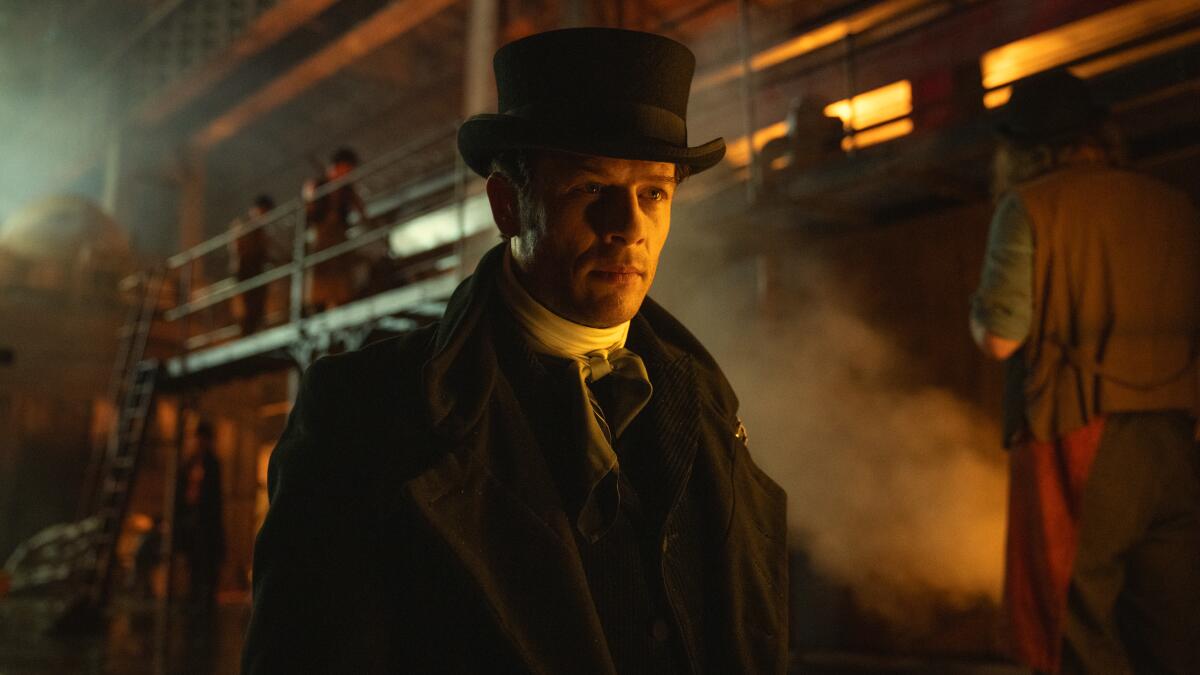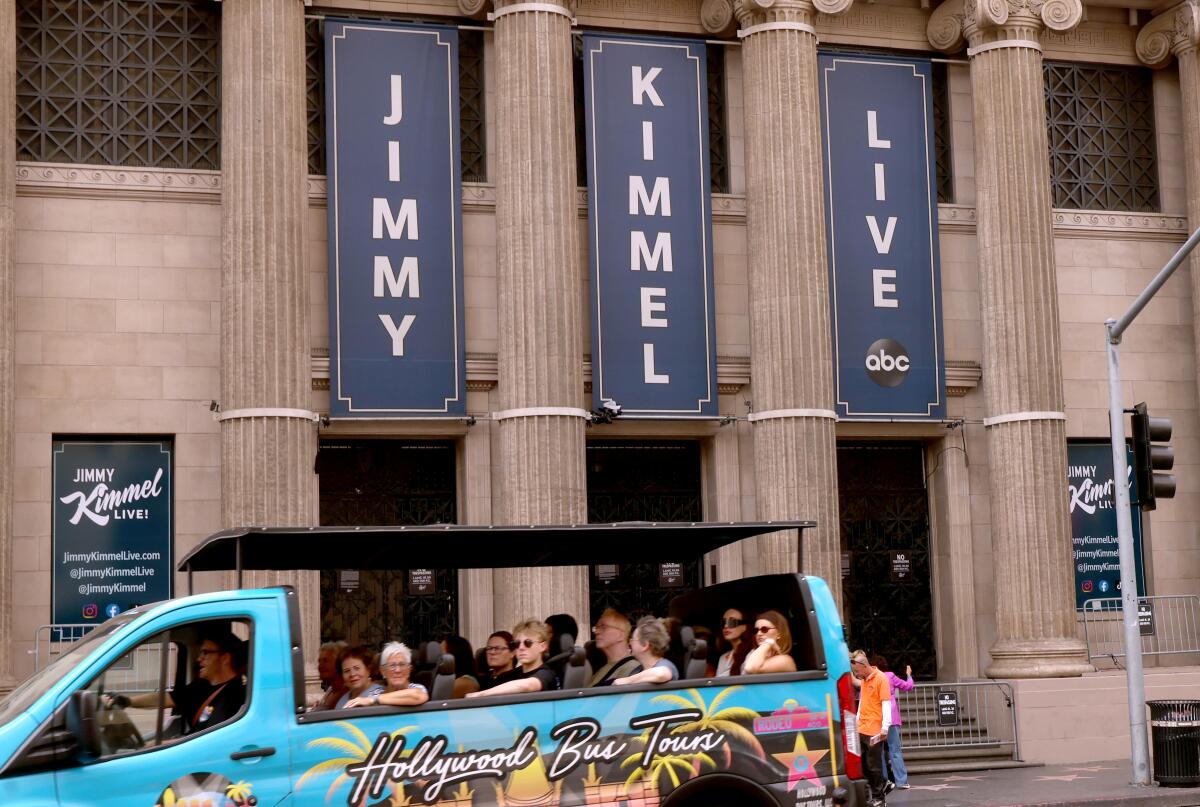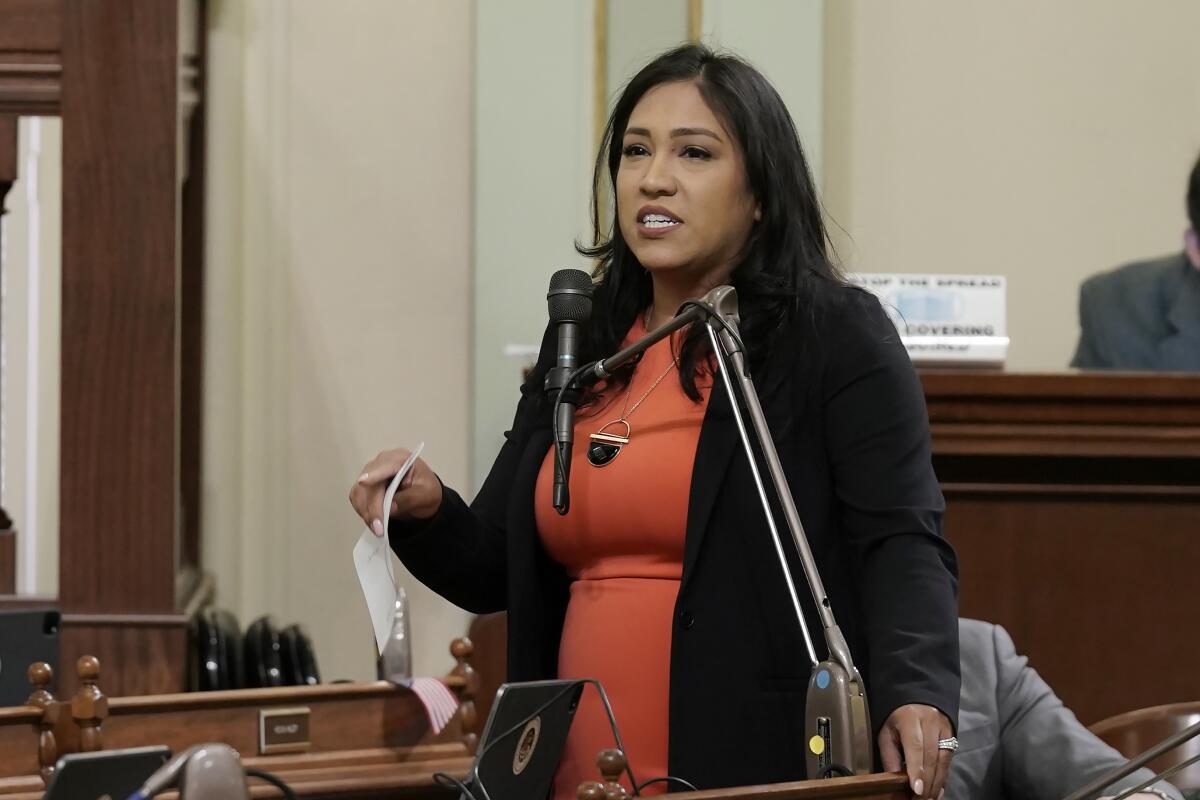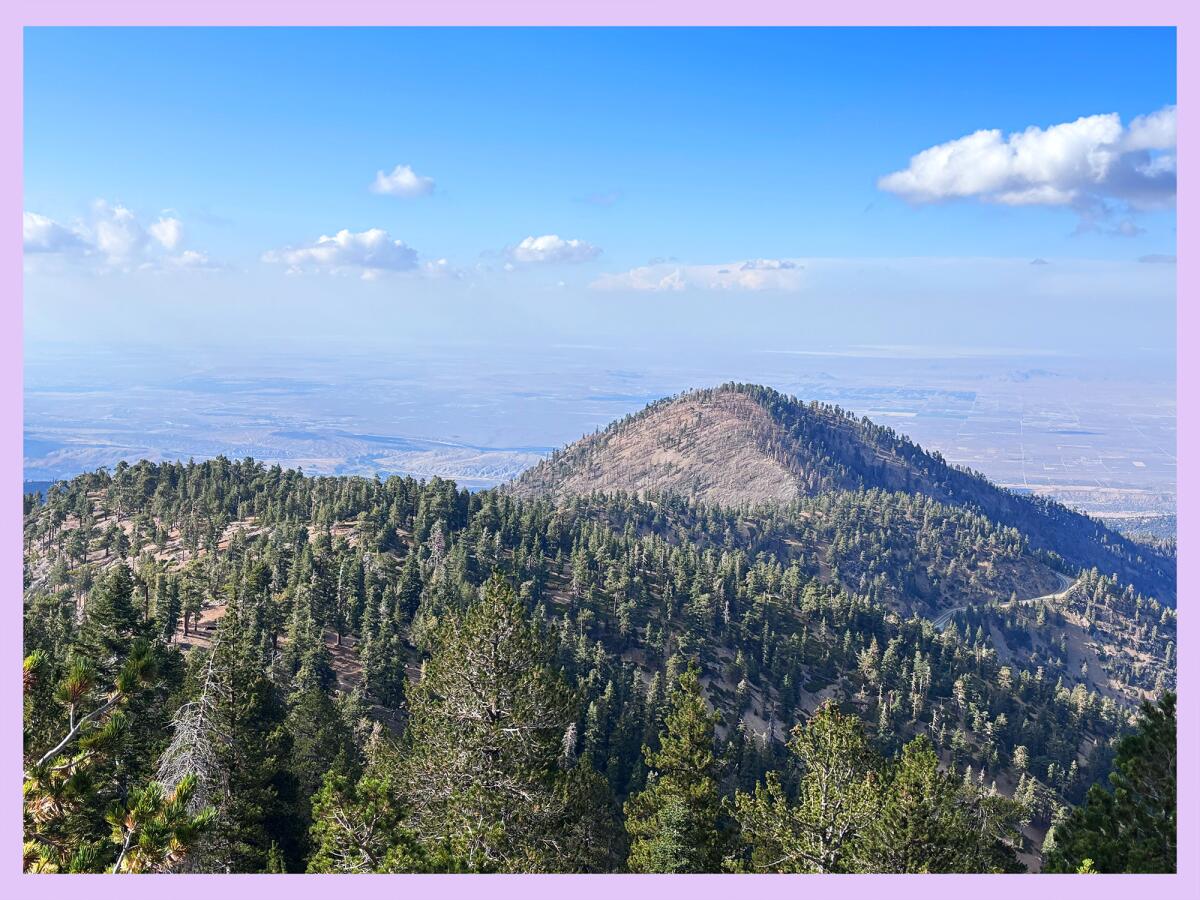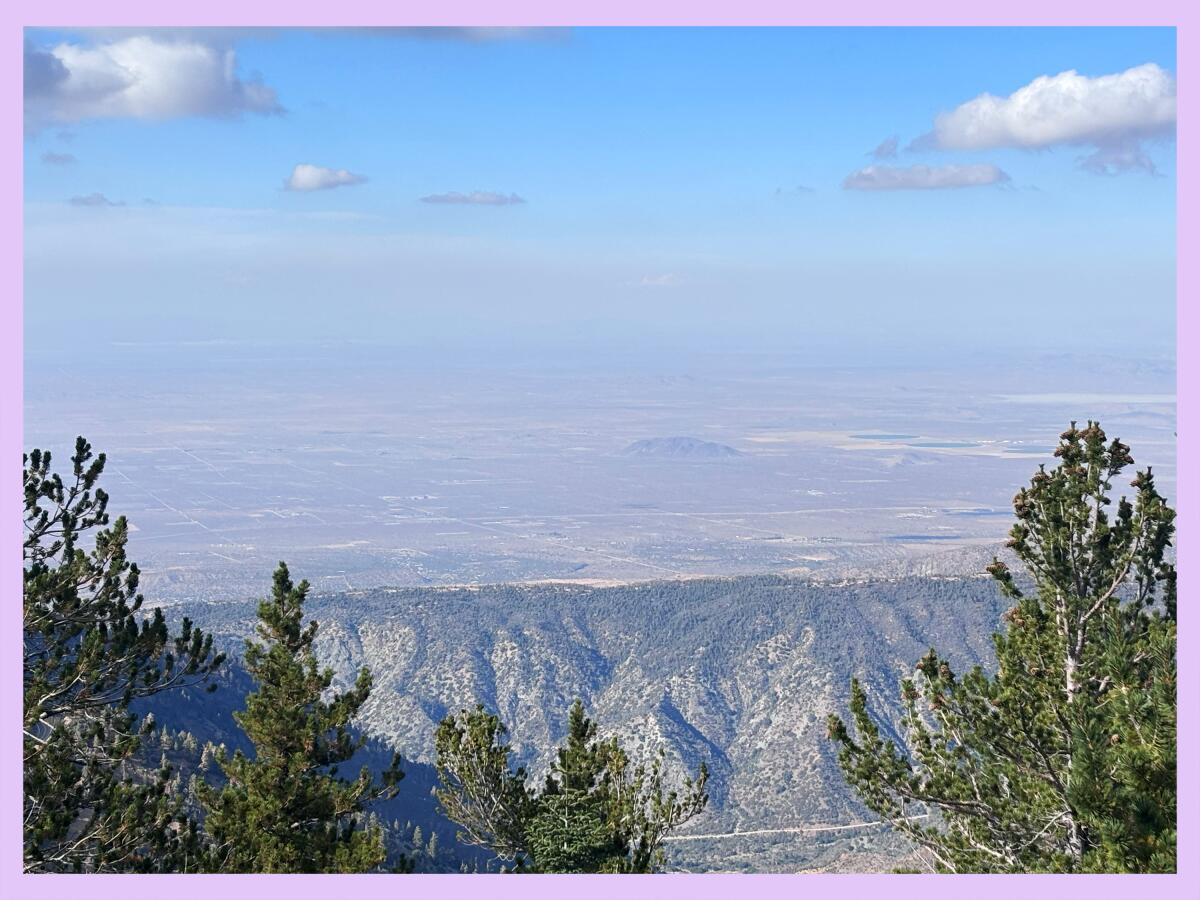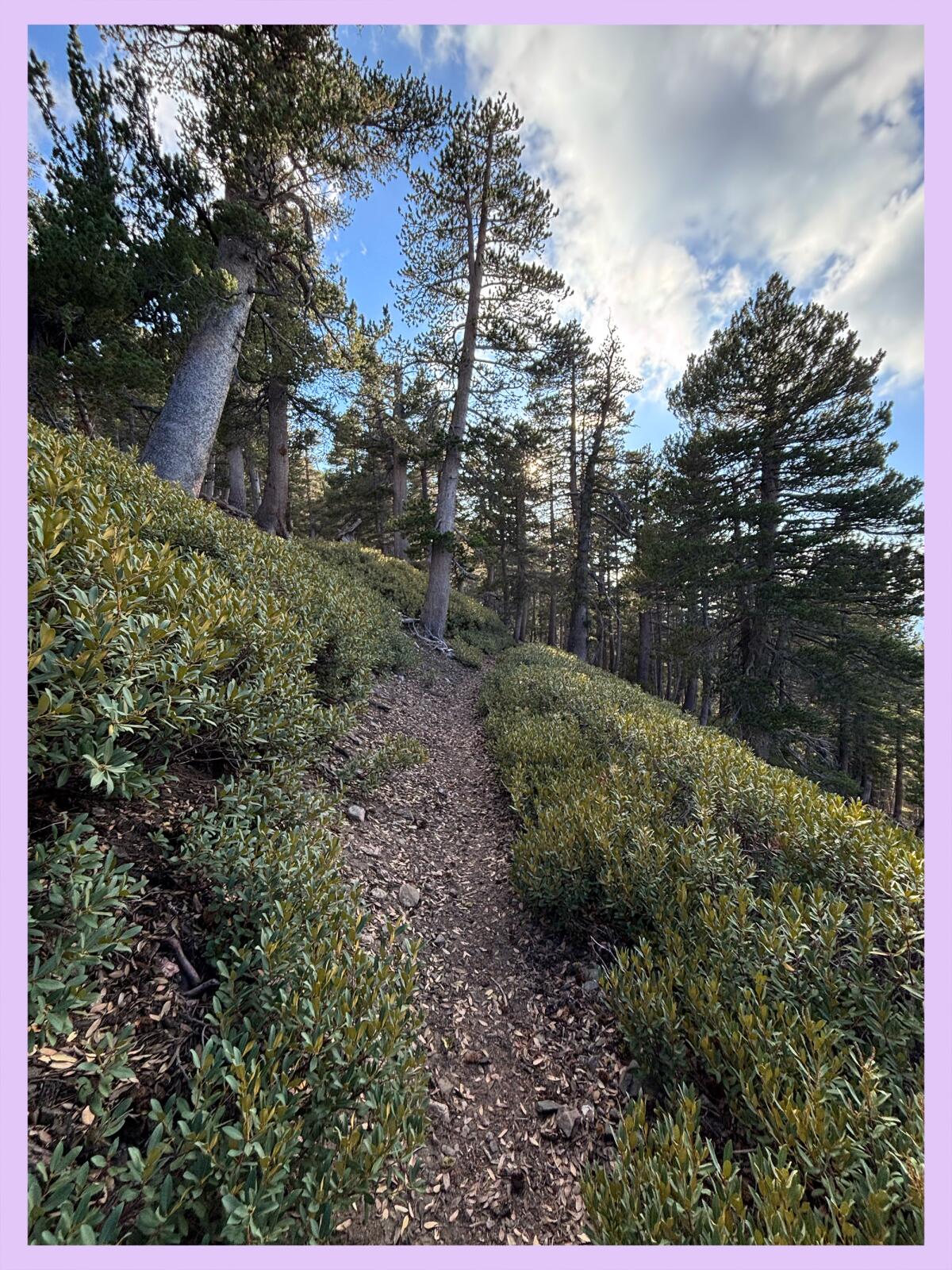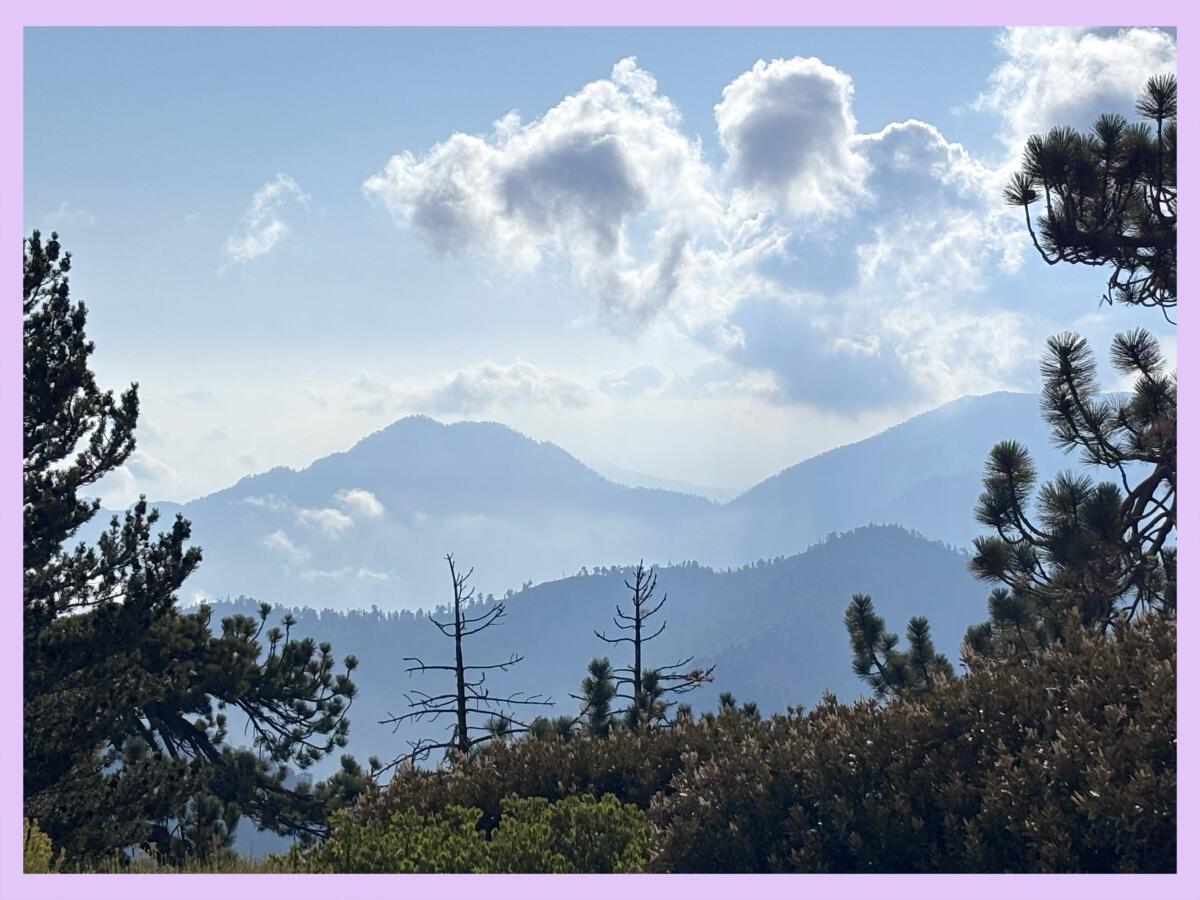USC struggles with mistakes, penalties in last-second loss to Illinois
CHAMPAIGN, Ill. — The loose ball tumbled through the end zone, slipping through one set of fingertips, then another, blue-and-orange bodies clawing desperately aside cardinal-and-gold ones. So much had gone wrong for USC all afternoon, from its struggling secondary to its stifled pass rush to its inconsistent quarterback, but at the most critical moment in its season thus far, here was a particularly fortunate twist of fate, as linebacker Eric Gentry punched out a fumble and, somehow, some way, Christian Pierce had recovered it.
After a seamless 4-0 start to its season, the deck had seemed stacked against the Trojans all afternoon. Their starting left tackle was out. Their starting center soon joined him. Their top red-zone target was limited, and their defensive leader, Kamari Ramsey, was up all night puking.
For a while, that seemed to be the least of the problems facing USC on Saturday. The rushing attack couldn’t find room. Both lines were being blown off the ball, and the secondary was struggling to stop the bleeding. Then there were the self-inflicted mistakes, the very same ones that had marred the season to date.
All that, however, would be washed away with that loose ball in the end zone, the second fumble Illinois had coughed up that close to the end zone. A sliver of hope immediately turned to ecstasy as quarterback Jayden Maiava launched a rope to the corner of the end zone that found Makai Lemon for a go-ahead score with under less than two minutes remaining in the game.
But that hope was erased just as quickly, fading once again into the frustration, as Illinois drove the field for a game-winning field goal as time expired, beating USC, 34-32.
Illinois (4-1, 1-1 in Big Ten) gave the Trojans (4-1, 2-1) opportunities to take over the game. It fumbled on the goal line the first time just before halftime, and struggled to move the ball to start the third quarter.
Illinois quarterback Luke Altmyer (9) rushes for a touchdown during the first half in a win over USC.
(Craig Pessman / Associated Press)
But back-breaking mistakes continued to mar the Trojans on both sides of the ball. Driving with a chance to tie the score in the third quarter, Maiava threw an ill-advised pass over the middle that was intercepted.
USC’s defense forced a rare three-and-out on the next drive, only for its own offense to go three-and-out in response.
Illinois wouldn’t waste its opportunity after that, as Kaedin Feagin caught a swing pass, shook one USC defender, turned the corner and saw nothing but open field in front of him. His 66-yard touchdown would secure Illinois’ lead until that late fumble gave USC life.
The Trojans might have been in better shape before that if it weren’t for their defense, which struggled mightily throughout Saturday. USC gave up 502 yards and was generally picked apart by Illinois quarterback Luke Altmyer, who had 331 passing yards and two touchdowns.
The Trojans also struggled again with penalties, committing eight for 69 yards. The most crucial came on the final drive when cornerback DJ Harvey was called for a critical pass interference penalty.
USC’s quarterback was not exactly at his best on Saturday. Under more pressure than he’d faced all season, Maiava sailed several passes and missed multiple open receivers. He also threw his first interception of the season.
But he did make his share of eye-popping passes downfield, including hitting Lemon in the corner of the end zone for that 19-yard, fourth-quarter touchdown. Maiava finished with 364 yards and two touchdowns.
Lemon did his best to carry USC on his own, especially with Ja’Kobi Lane out because of an injury. He caught 11 passes for 151 yards.
From the start, it was a difficult day for the Trojans.
Just as USC started to find its stride early, Waymond Jordan burst through a hole on second down and lost control of the ball. The fumble, his second on an opening drive in three weeks, bounced right into the arms of Illinois defensive back Jaheim Clarke, and the Illini mounted a 10-play touchdown drive from there, striking with a 10-yard touchdown run from Altmyer.
In spite of the fumble, USC went right back on the ensuing possession to the rushing attack and Jordan, who punched in a one-yard score. But Illinois punched back with an even longer drive, capped by a trick-play touchdown from Altmyer.
USC pulled out a trick play of its own a few minutes later, as Jordan, running toward the sideline, tossed the ball to Maiava for a perimeter flea flicker. He immediately launched a pass downfield to Lemon, who juked two defenders out of their shoes on his way into the end zone.
But the 75-yard score was ultimately called back on account of backup center J’Onre Reed being too far downfield.
The penalty was nearly a devastating one. USC’s 13-play drive stalled just past midfield, as Maiava threw three consecutive incompletions, and the Trojans turned the ball over on downs. Illinois proceeded to march down the field, all the way to the USC two-yard line.
In desperate need of a break just before halftime, USC got a gift at the goal line. As Feagin tried to force his way through traffic, the ball came loose, and USC recovered.
The sequence was significant. Without enough evidence to overturn the call, the Trojans charged down the field in time to secure a field goal. What perhaps should have been a two-score lead for the Illini coming out of the half was instead just four.
Still, it proved too much for USC to overcome.


